
The UK’s food and drink trade with non-EU countries returned to pre-pandemic levels in the first quarter of 2022, with exports outside the bloc hitting a record £2.3bn, according to the Food and Drink Federation.
But while trade with Australia, Canada, India, Japan and the US “exceeded pre-pandemic levels”, the UK’s £3bn food and drink exports to the EU were down over 17% in value terms on 2019, the FDF said.
The UK’s exports to the EU have been subject to checks at ports on the continent, and representatives of the seafood and meat sectors have said they’ve been further curtailed by the lack of a veterinary deal between the UK and EU.
At the same time, measured by the more conventional year-on-year yardstick, UK-EU food and drink trade was up 45% on the tumultuous early months of 2021 – when traders struggled with the new rules put in place after Britain’s departure from the EU. What the FDF said was “a sharp drop in sales” in early 2021 was “due to stockpiling and the need of businesses to adapt to new trade requirements with the EU”.
The UK’s first-quarter imports of food and drink in 2022 were up 13.4% on 2019 levels, the FDF said, and by almost 33% on 2021, when trade was undermined by pandemic restrictions and the aforementioned issues around the implementation of the post-Brexit agreement.
The Federation’s latest estimates showed sharp increases in imports of wine, chicken, vegetable oils and soft drinks, all of which were up over 20% in the first quarter of 2022 compared with the corresponding period of 2019. Exports of beef were up 80% year on year, and those of whisky – the UK’s single-biggest food and drink export – were up almost 40% on 2019 to top £1bn in value.
The UK imports almost half the food consumed in the country, according to government estimates published in 2020, with around half of those imports at that stage coming from the EU. It imported £9.2bn worth of food and drink from the EU in the first quarter of this year, more than twice what was sourced from the rest of the world, the FDF data showed, for a year on year rise of over 40%.
The FDF attributed the spike in part to “changes in the recording of official UK import data from 1 January 2022”.
Border disruption
At the start of the year, the UK began implementing a thrice-postponed system of checks on food imports from the EU, but has since put the start of physical checks on inbound goods from the bloc on the long finger until the end of next year.
The government said the delay was necessary due to rising inflation and food price spikes which, though dating back to during the pandemic, have been made worse by the Russian invasion of Ukraine, a war pitting two major food commodity suppliers against each other.
While reluctantly accepting the postponement on the grounds that the checks would add to food inflation, food sector representatives accused the government of sowing confusion and of effectively favouring EU-based suppliers over domestic producers.
The FDF’s Q1 2022 numbers showed the UK’s five biggest sources of food to be EU member states, with The Netherlands top of the list, in part due to the Port of Rotterdam’s role as a staging point for UK imports coming from other continents. France, Spain, Belgium and Ireland were the others in the top five.
But overall UK-EU food trade remained down last year compared to 2020, according to previous reports by the FDF, which were backed up by trade data published by the EU – though a recovery was seen in the latter part of the year, as exporters and importers adapted supply chains to fit the new rules.




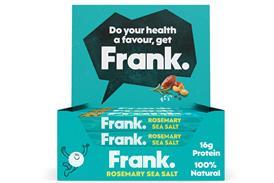



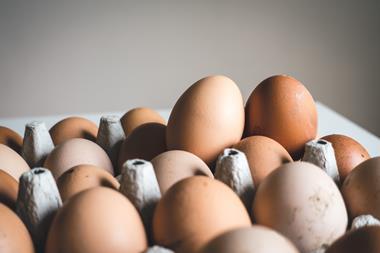
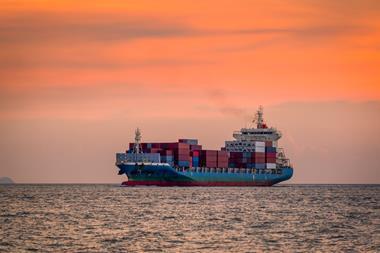
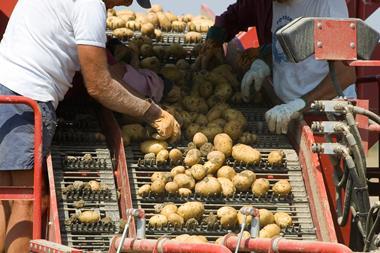

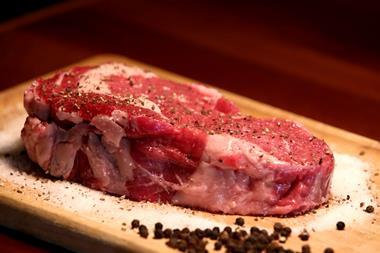




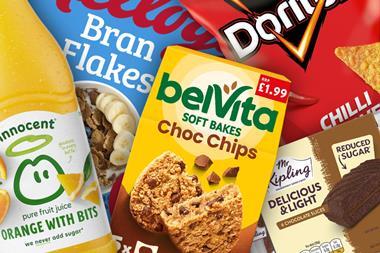
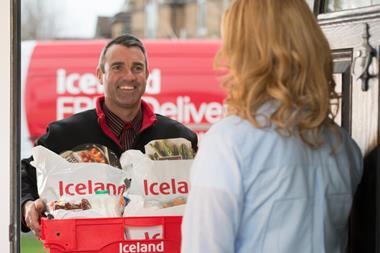
No comments yet